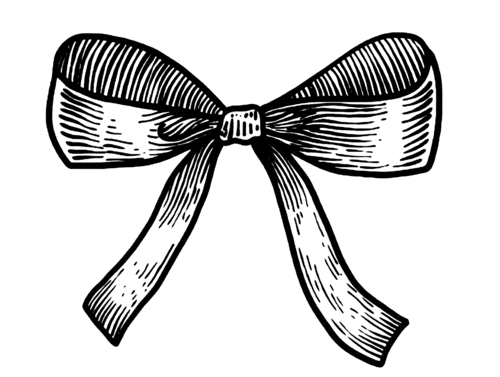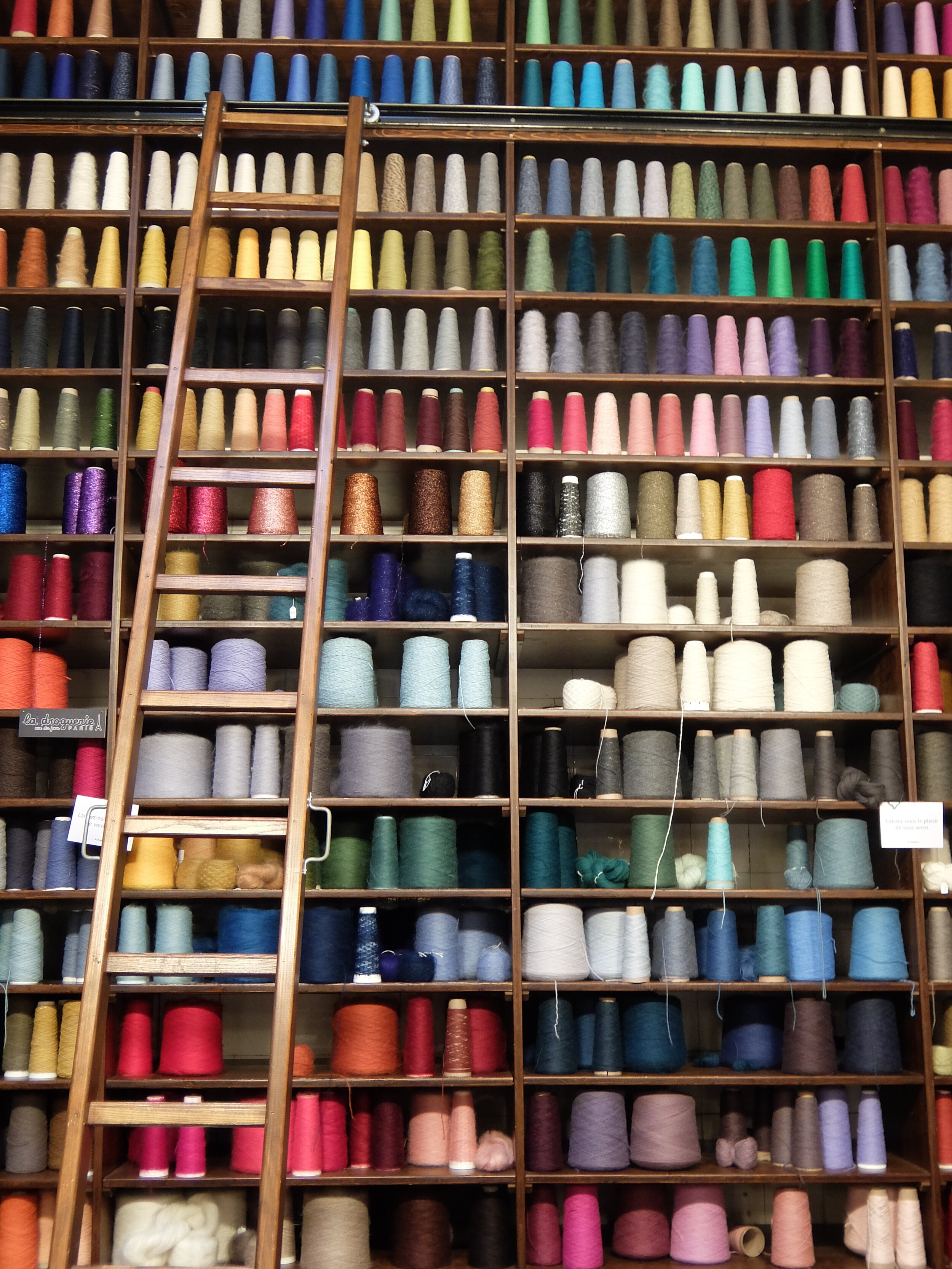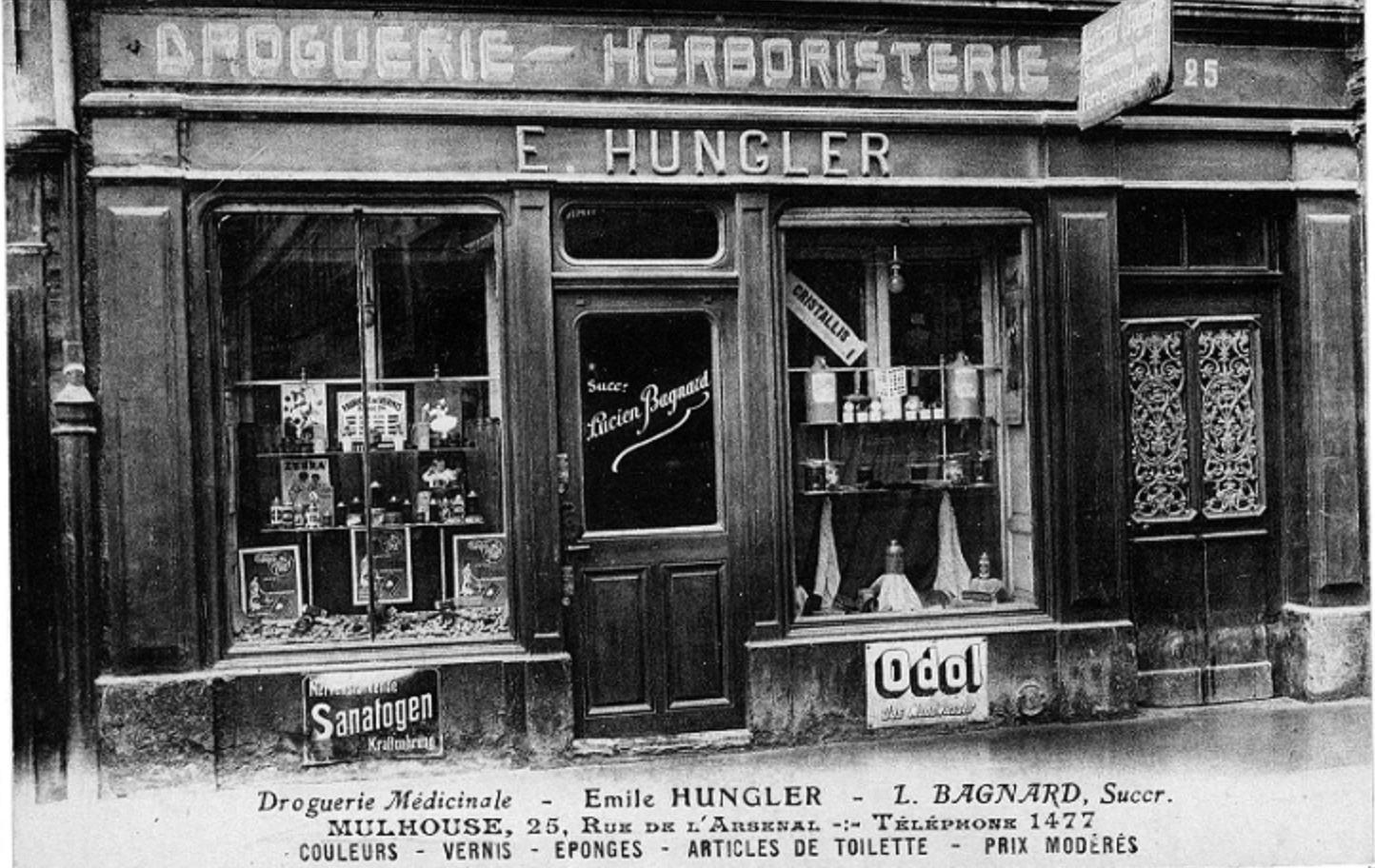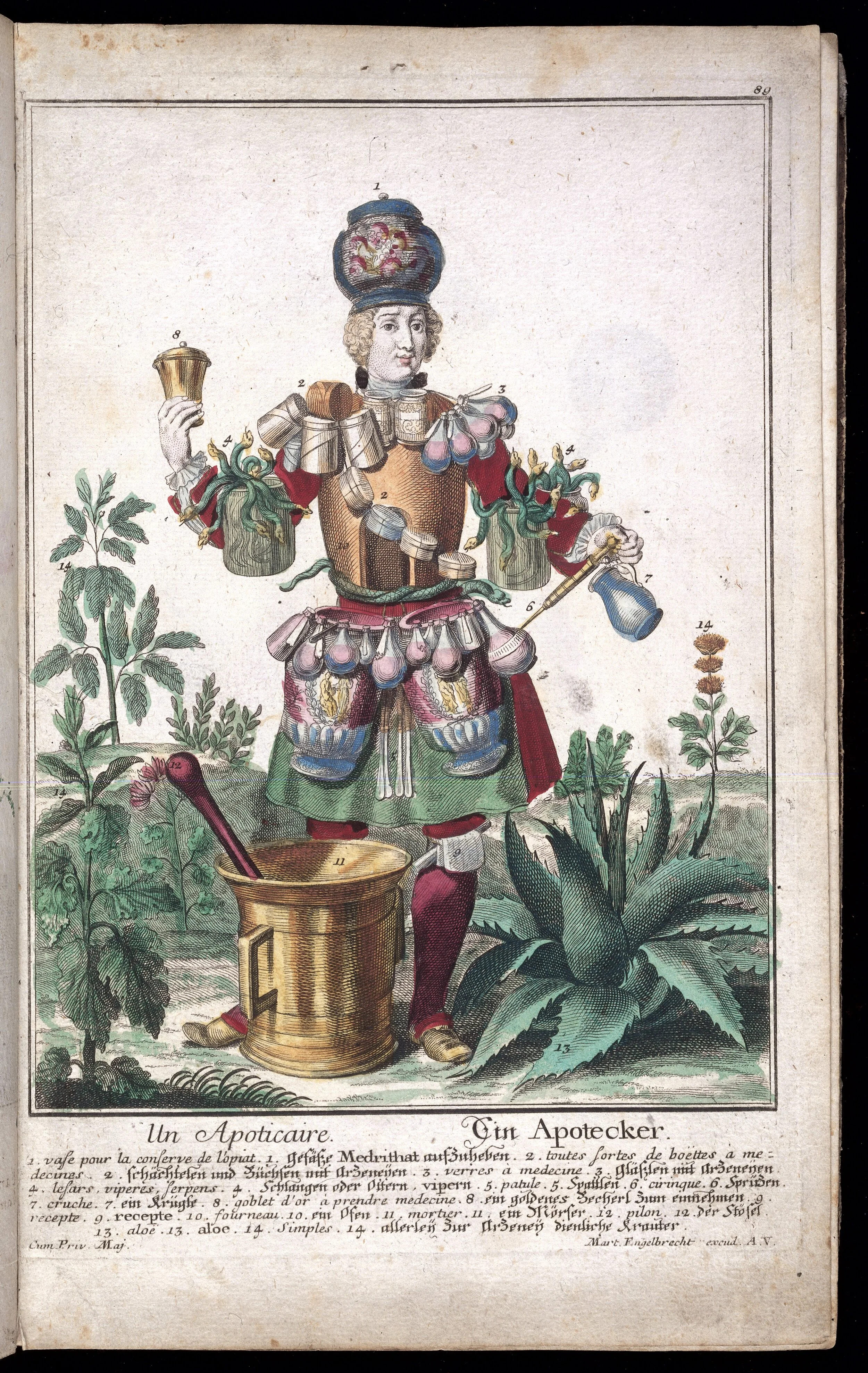Colour Merchants: A Tale of False Friends
La Droguerie is a boutique in Paris renowned for their choice of colour. Skeins of yarn are hung from the walls in beautifully enticing rainbows that repeat in bamboo, wool, linen, mohair and alpaca, until you arrive at the end of the shop to gaze at the Wall of Colour. A library stocked with spools of yarn, an archive of colours tones and hues. Not so long ago, Valentine, the lovely manager and daughter of the original owner, told me that La Droguerie actually means a colour merchant. Ah bon? I asked confounded, before I dived headfirst into a rabbit hole of French grammar, etymology, false friends and forgotten meanings.
Madame du tout un peu
When I arrived in Paris I busied myself with falling in love with the city and blundering through the French language. There was so much to take in that I put aside the strange, old-fashioned signs for La Droguerie in favour of more urgent things like learning the past tense. I had noticed that a pharmacy was where you went to buy medicine and so on, and then a drug-store was where you went to buy anything and everything else; twine, baskets, shoe polish.
In France a Droguerie is affectionately called Madame de Tout un Peu, the lady with a little bit of everything. My curiosity was piqued at this stage, what did a colour merchant have to do with drugs? I discovered a story that traces back hundreds of years and today we are left with the rather misleading vestiges of the original meanings, long lost friends if you will, and must make do with deceptively false friends - linguistically speaking, bien sûr.
A Brief Etymology of Apothecaries, Pharmacies & Drugs
In Ancient Greece the druggist appears in the guise of the rhizotome or root cutter, who runs a store called apothek, from which we made apothecary. In Ancient Rome, drug medicine was practiced for the first time by Greek doctors brought either as slaves or free men, and their specialization in the art of healing gave birth to the pharmaceutical.
Those who practised drug medicine or pharmacy were divided into four groups: the pharmacopoei, who prepared the drugs, the pharmacopol who sold the drugs but did not prepare them, the splasiarii, a sort of druggist who sold to painters and perfumers, and herbarii, our herbalists today.
Medieval France
The Medieval apothecary in France combined the fresh local medicinal products used by herbalists with the dry medicinal goods brought from the Levant by Crusaders. They formed the first apothecaries and often had a botanical garden where they cultivated salting, henbane, elderberry, primrose, clover, angelica, sage, and other local products needed for prescriptions. By the 12th century, the efficacy of Arabic medicine was esteemed amongst French apothecaries and they needed these Eastern dry goods in a more regular supply than the Crusaders could provide from their travels to the Holy Land.
So the Italian ship merchants who plied their trade on the Mediterranean brought the exotic dry goods from the Orient into maritime ports and harbours in France. They disembarked at Marseille, Rouen, La Rochelle, and Picardy where their products were brought to depots for quality control and to pay custom duties to the king. Each item was clearly labelled in containers before being distributed through the fairs, marketplaces and apothecaries of Medieval France.
They included exotic spices such as cinnamon, cloves, nutmeg, cardamom, mace, cumin, tumeric, saffron, coriander, liquorice, anise, mustard seed, ginger, cubeb berries, galega and pepper. Resins such as frankincense, myrrh and amber. Dye-stuffs such as azure, indigo, woad, turnsole (folium), madder, cochineal. Gum tragacanth, aspic, jalap, scammony, alum, senna, sandarac, rhubarb, lemon, walnuts, blackcurrants, pomegranate, and so on.
Colour Merchants
Where do the colour merchants come in to this story? This was wonderfully explained at a Congress on the History of the Art of Healing in Paris by Mr. Charles Buchet in 1921. Mr. Buchet, who was the director of the oldest existing droguerie, presented a paper on the history of the term La Droguerie and his colleagues listened with great interest.
Drugs originally referred to dried goods such as minerals, plants and organic matter used for medicine and making colours that arrived in Europe from the Levant and further afield. These were distributed in pharmacies (think Clare in Outlander going to visit the apothecary in Paris) rather than local, fresh materials (think Dr Quinn Medicine Woman, or Claire again in the Highlands/Virginia).
Why would you go to a pharmacy to buy colours? Whilst I agree that colour is cathartic, I would usually go to an art store, rather than a pharmacy to purchase my paints. This is where the friendship starts to unravel… in Medieval times artists would stand in line at La Droguerie, chatting to midwives, herbalists, doctors and chemists. Rather than seeking a cure to a Medieval ailment, the artists were there to purchase the exotic dried materials (lapis lazuli, red madder, indigo), needed for pigment to create their paint back in the studio, where they would be ground down to a fine powder and mixed with a liquid medium (think Griet in Girl with a Pearl Earring, stop thinking about Colin Firth, Mr. Darcy, Vermeer!).
And so this happy friendship between colour merchants and pharmacists continued until the late 19th century when paint became available in tubes. The end of a friendship but the beginning of specialised colour merchants for artists like Claude Monet and Auguste Renoir who frequented establishments such as Sennelier in Paris. Et voilà! The mystery, history and etymology of colour merchants is hopefully a little clearer.
If you would like to join me on a Textile Tour of Paris to visit La Droguerie you can find out more here.
















